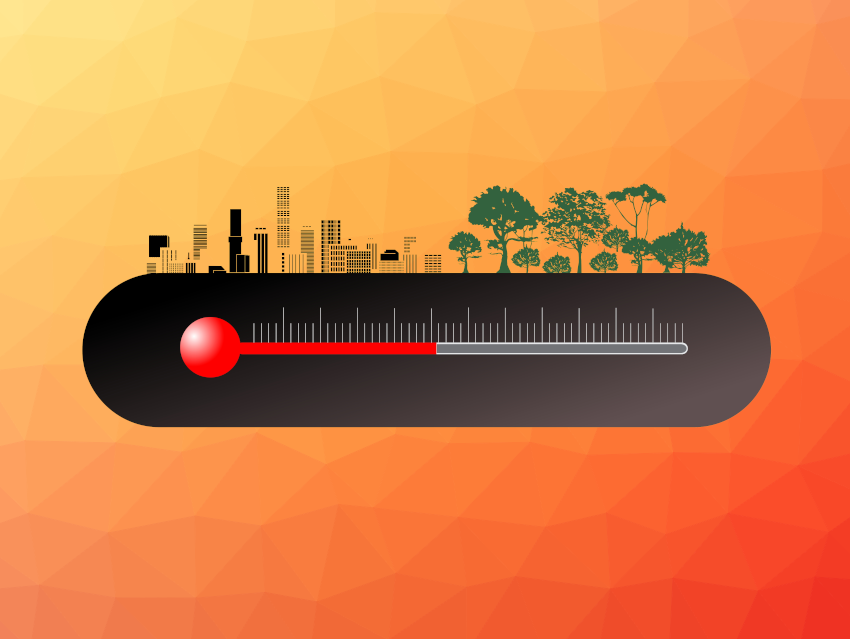Climate change forces many animal species to move their habitats along with shifting climate zones. This can also bring the diseases of these animals into new environments, and potentially into contact with new species and human populations. For mammals, for example, only a relatively small number of possible pairs of species have overlapping habitats (about 7 %). Shifts in these habitats due to climate change could raise the risk of cross-species virus transmission.
Colin J. Carlson, Georgetown University, Washington, D.C., USA, Gregory F. Albery, Georgetown University and EcoHealth Alliance, New York, USA, and colleagues have simulated the possible effects of climate change on potential hotspots for viral exchange between species. The team used projections for changing land use and shifting habitats to identify possible new areas of overlap for 3,139 mammal species in the context of four different scenarios for climate change. A viral-sharing model then allowed them to predict the risk of viral transmissions between species.
The researchers found a link between climate change and cross-species viral transmission. Species will come together in new combinations, and according to the team’s predictions, this could cause ca. 4,000 novel cross-species transmissions of viruses. Bats, in particular, accounted for much of the viral sharing, partly due to the long distances they can travel. The team found that many of these changes may already be underway, and existing efforts to combat climate change and keep global warming under 2 °C might not be enough to prevent them. Thus, there will be a need for better surveillance systems for both wildlife and viruses.
- Climate change increases cross-species viral transmission risk,
Colin J. Carlson, Gregory F. Albery, Cory Merow, Christopher H. Trisos, Casey M. Zipfel, Evan A. Eskew, Kevin J. Olival, Noam Ross, Shweta Bansal,
Nature 2022.
https://doi.org/10.1038/s41586-022-04788-w




